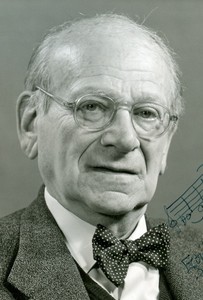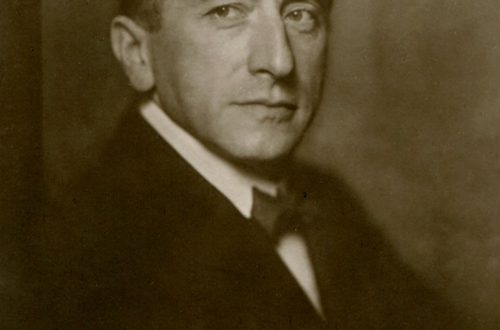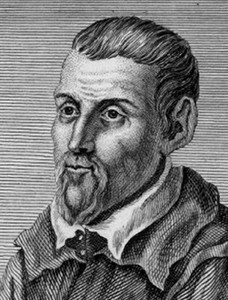
Egon Wellesz |
Egon Welles

Austrian musicologist and composer. Doctor of Philosophy (1908). He studied in Vienna with G. Adler (musicology) and K. Fryuling (piano, harmony) at the university, as well as with A. Schoenberg (counterpoint, composition).
In 1911-15 he taught the history of music at the New Conservatory, from 1913 – at the University of Vienna (professor since 1929).
After the capture of Austria by Nazi Germany, from 1938 he lived in England. He conducted pedagogical and scientific work at the Royal College of Music in London, at Cambridge, Oxford (he led the research of Byzantine music), Edinburgh Universities, and also at Princeton University (USA).
Welles is one of the largest researchers of Byzantine music; founder of the Institute of Byzantine Music at the Vienna National Library (1932), participated in the work of the Byzantine Research Institute in Dumbarton Oaks (USA).
One of the founders of the monumental edition “Monumenta musicae Byzantinae” (“Monumenta musicae Byzantinae”), many volumes of which he prepared independently. Simultaneously with G. Tilyard, he deciphered the Byzantine notation of the so-called. “middle period” and revealed the compositional principles of Byzantine singing, thereby defining a new stage in musical Byzantology.
Contributed as author and editor to The New Oxford History of Music; wrote a monograph about A. Schoenberg, published articles and brochures about the new Viennese school.
As a composer, he developed under the influence of G. Mahler and Schoenberg. Wrote operas and ballets, mainly on the plots of ancient Greek tragedies, which were staged in the 1920s. in theaters of various German cities; among them are “Princess Girnar” (1921), “Alcestis” (1924), “The Sacrifice of a Captive” (“Opferung der Gefangenen”, 1926), “Joke, Cunning and Revenge” (“Scherz, List und Rache”, by J. W. Goethe, 1928) and others; ballets – “The Miracle of Diana” (“Das Wunder der Diana”, 1924), “Persian Ballet” (1924), “Achilles on Skyros” (1927), etc.
Welles – author 5 symphonies (1945-58) and symphonic poems – “Pre-Spring” (“Vorfrühling”, 1912), “Solemn March” (1929), “Spells of Prospero” (“Prosperos Beschwörungen”, based on “The Tempest” by Shakespeare, 1938), cantata with orchestra, including “Middle of Life” (“Mitte des Lebens”, 1932); for choir and orchestra – a cycle on the words of Rilke “The Prayer of the Girls to the Mother of God” (“Gebet der Mudchen zur Maria”, 1909), concerto for piano with orchestra (1935), 8 string quartets and other chamber instrumental works, choirs, masses, motets, songs.
Compositions: The Beginning of the Musical Baroque and the Beginnings of the Opera in Vienna, W., 1922; Byzantine Church Music, Breslau, 1927; Eastern elements in Western chant, Boston, 1947, Cph., 1967; A history of Byzantine music and hymnography, Oxf., 1949, 1961; The Music of the Byzantine Church, Cologne, 1959; The New Instrumentation, Vols. 1-2, В., 1928-29; Essays on Opera, L., 1950; The origins of Schönberg’s twelve-tone system, Wash., 1958; The Hymns of the Eastern Church, Basel, 1962.
References: Schollum R., Egon Wellesz, W., 1964.
Yu.V. Keldysh





